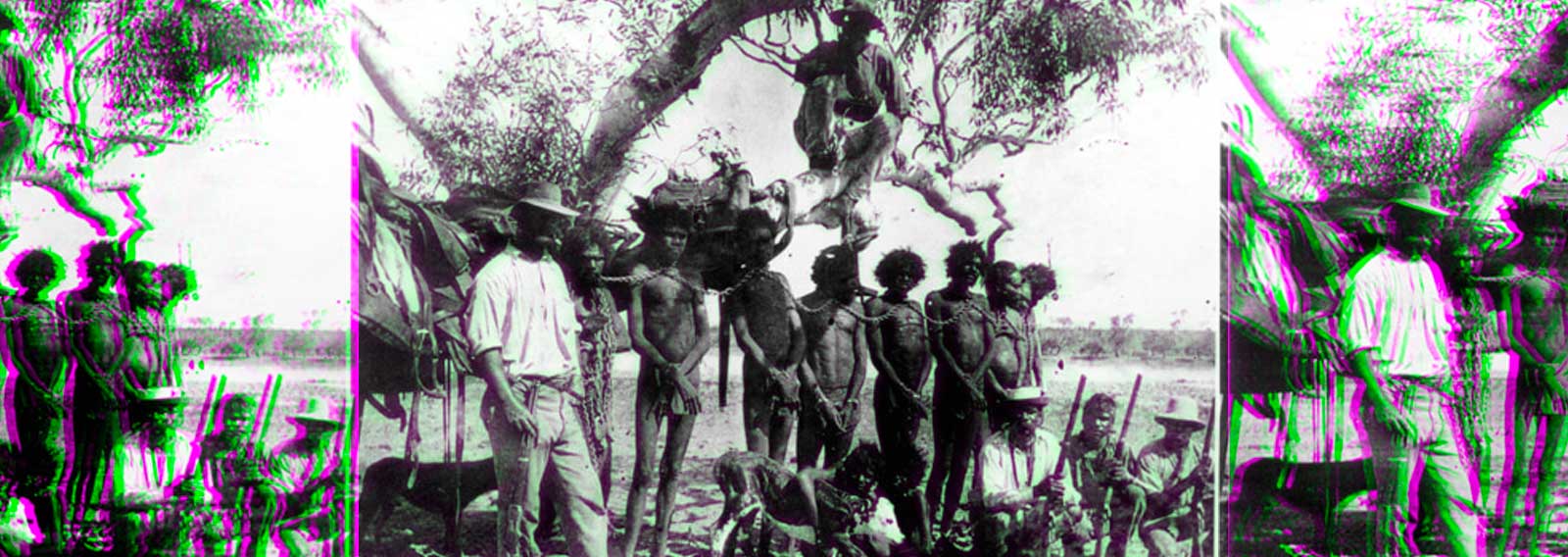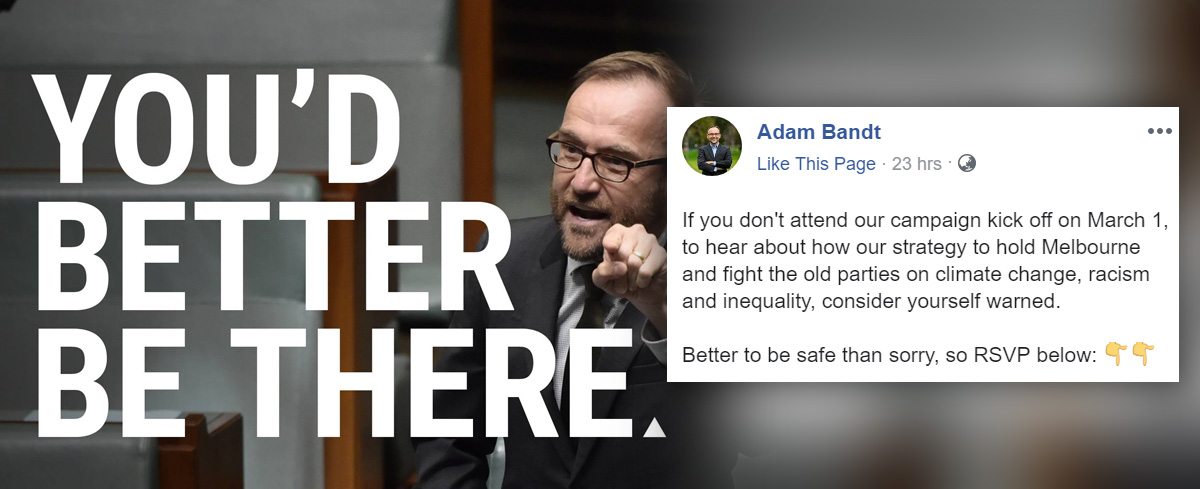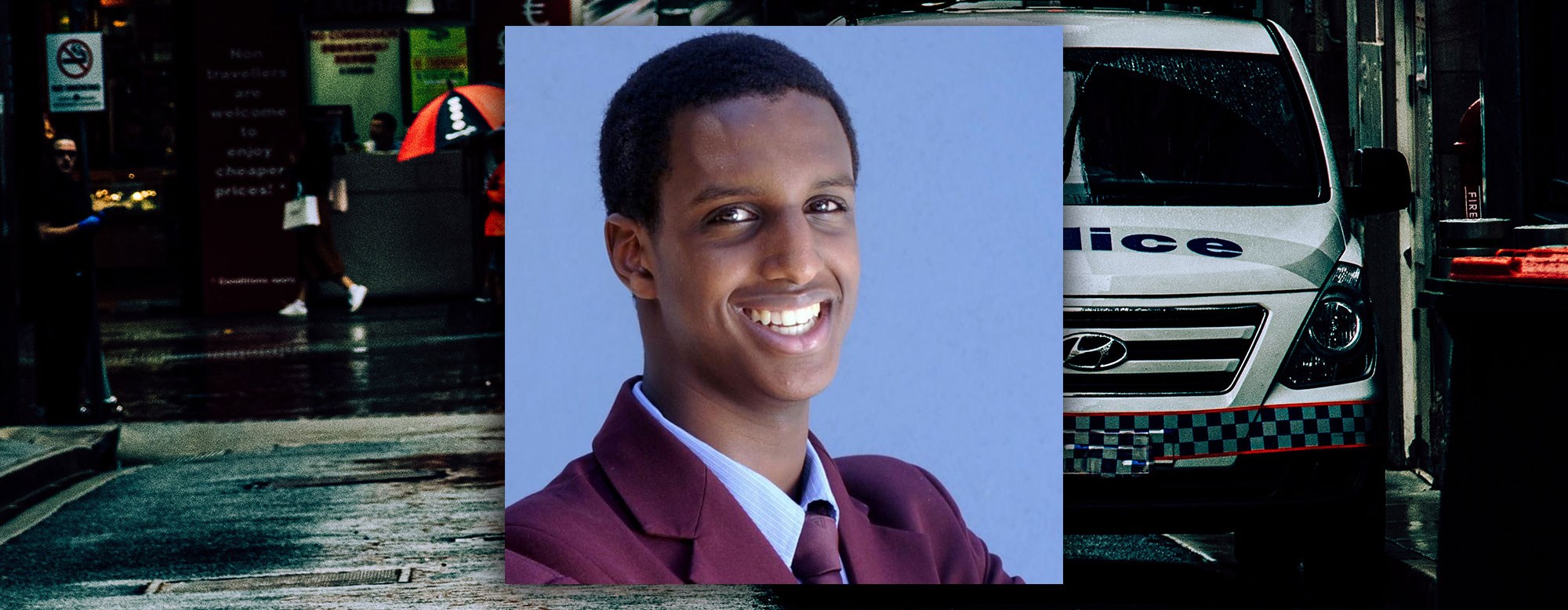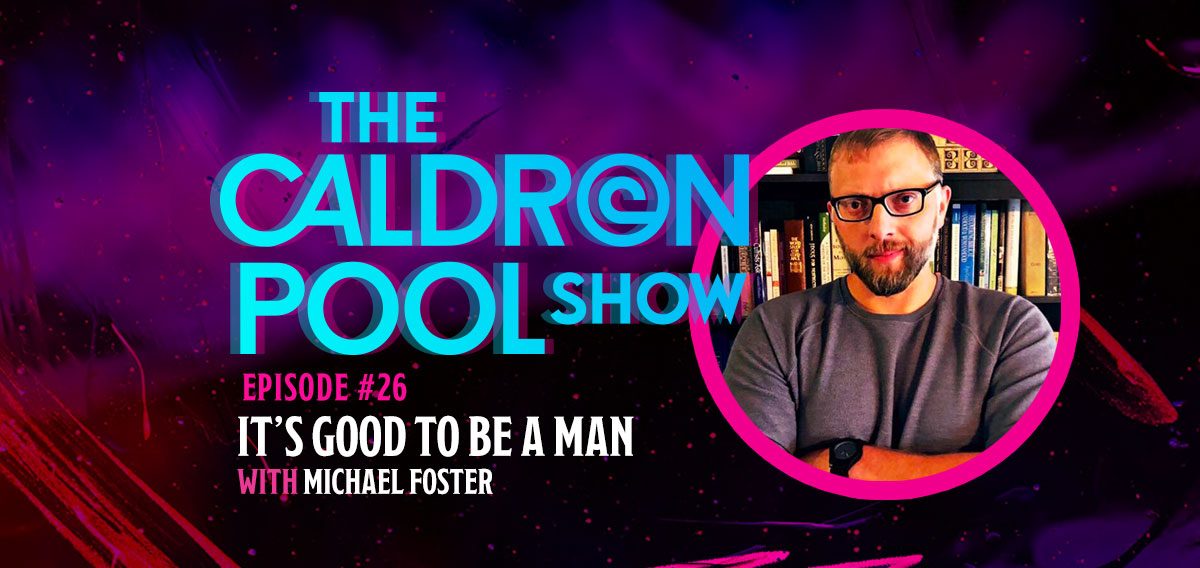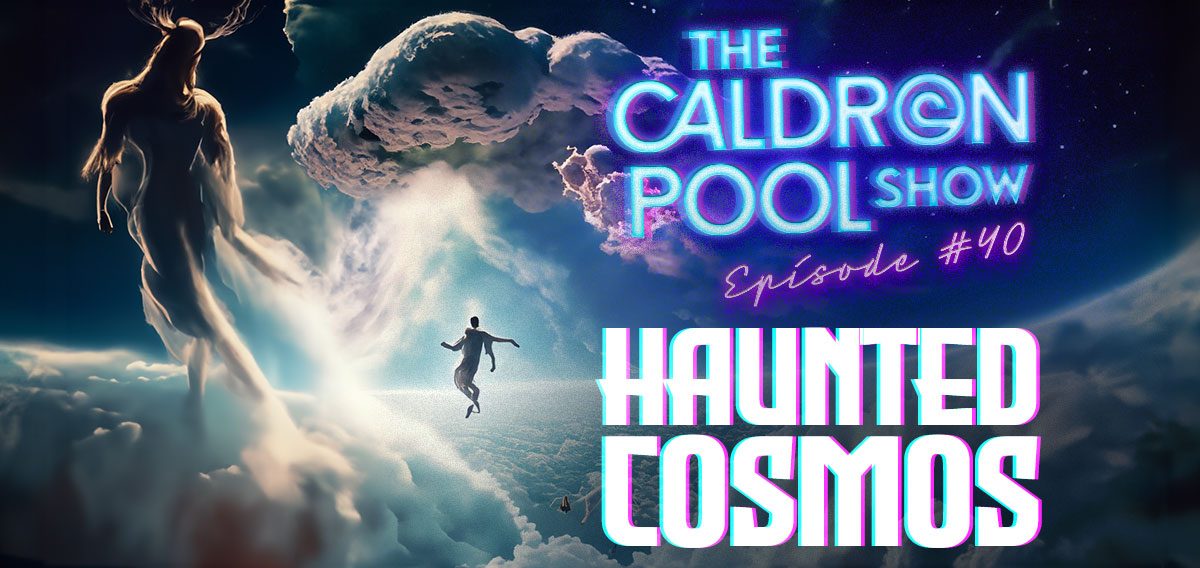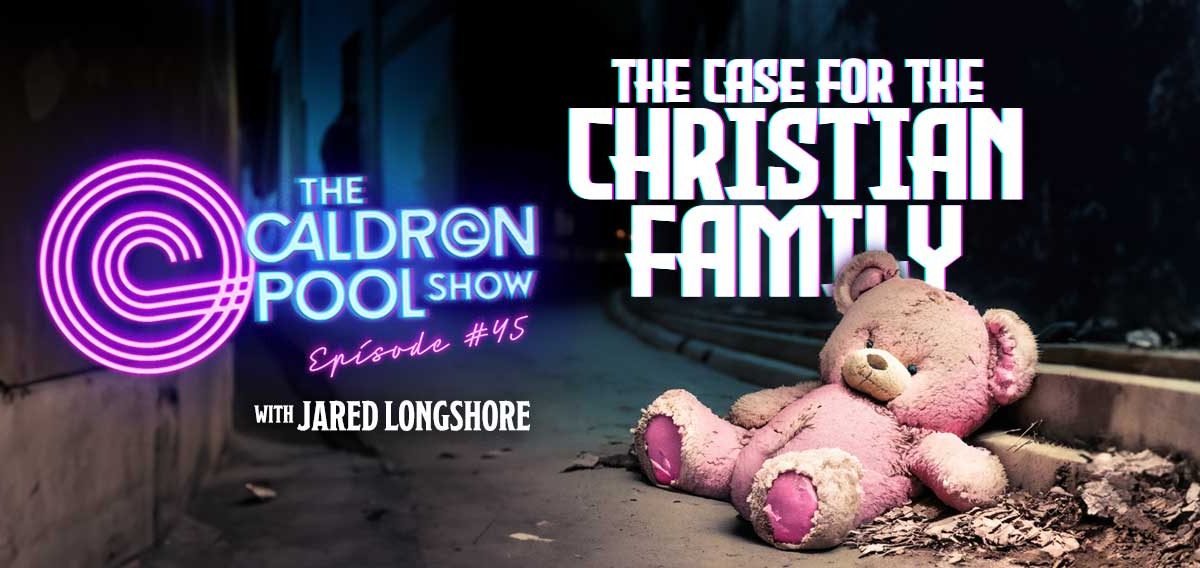What is history? History, in simple terms, is the written record of human activity, thoughts and endeavours throughout history.
What, then, is the historian’s job? Some might say the historian’s job is to dispassionately and as accurately as possible record events for posterity, that is for future generations, to read and observe so that they can know what happened and learn from it.
Some, on the other hand, might observe that history has often been used for political ends, “the victors write the history”, and then conclude that history is simply a tool that should be used to cast past events into a modern narrative for one purpose or another. History for these people is nothing but a tool. They are not so much interested in what happened as they are in using history for modern political reasons.
This is a very cynical approach to history. But it is common to observe history being used this way far back into ancient times right on down into modern times. Some people use history as a tool to lay legitimacy to their reign and dynasty, such as an ancient Mesopotamian or Assyrian king may have. Some use it to whitewash or frame events, by getting in the first word about how they carried themselves in a particular event.
A modern head of state, politician or bureaucrat, who was writing a tell-all book about how they handled a modern crisis, war or some other event, may use it in this way. Others see history as a useful tool to reframe the culture, smash down preconceptions and structures, and give legitimacy to their goals to reshape society in some new ideological image. In other words, they know that how people see their past affects how they perceive their present, so they modify how people see the past, so they can modify things in the present.
Others don’t really care what the details of history are, they just have a general sense of how they think of the past and they use this general sense for different purposes in society today. In various ways people can use “history” very cynically, they may even feel morally justified in doing so.
I bring this up because I have just started reading The Fabrication of Aboriginal History: Van Diemen’s Land, 1803-1847 by Keith Windschuttle. Windschuttle’s aim with this book is to cut through a lot of the myths about the Australian history with regards to its Indigenous people. A lot has been said and written about the past which is either not correct, or is taken out of context to make Australians seem far worse than they actually were. This is a common modern agenda.
Windschuttle notes:
“THE ‘COLOSSAL FICTIONS’ of: ABORIGINAL HISTORY
In 1942, Paul Hasluck, a journalist, historian and politician who by the early 1970s had himself become Governor-General, wrote Black Australians, a history of Aboriginal policy in his home state, in which he said:
“There have been two colossal fictions in popular accounts of the treatment of natives in Australia. One suggests that settlers habitually went about shooting down blacks; the other, framed as a counterblast, is that every settler treated natives with constant kindness. There is no evidence to support either statement in Western Australia.”
It is a pity that Sir William Deane was not more familiar with the writings of his predecessor. They might have left him more sceptical of the oral history he heard about the events at Mistake Creek in the Kimberley, where he made his last symbolic gesture as head of state. In his apology for a massacre the local tribe suffered, and for all those perpetrated by whites on Aborigines, Deane said:
“The facts – nobody could claim the facts were crystal clear. What is clear is there was a considerable killing of Aboriginal women and children. It seems it was over a mistaken belief that they were eating a stolen cow. In fact, the cow turned up afterwards…It’s essential that we hear, listen to and acknowledge the facts of what happened in the past, the facts of the dispossession and the facts of terrible events such as what happened here at Mistake Creek in the 1930s, which is in my lifetime. I’d like to say to the Kija people how profoundly sorry I personally am that such events defaced our land, this beautiful land.”
However, what actually is clear is that Deane got the facts of this case completely wrong. According to the Western Australian police records, the incident took place in 1915, not the 1930s. It was not a massacre of Aborigines by whites and had nothing to do with a stolen cow. It was a killing of Aborigines by Aborigines in a dispute over a woman who had left one Aboriginal man to live with another. The jilted lover and an accomplice rode into the camp of his rival and shot dead eight people. This is not the kind of incident for which the Governor-General of Australia should be apologizing.
Even though he had been using the same incident in speeches for at least two years, Deane never bothered to do the most elementary research to find out the facts. Yet eyewitness statements from the Aborigines who survived the massacre and the evidence of police who found the bodies and pursued the killers would all have been available to him in the Western Australian archives and in a previously published account by a well-known author. Rather than an example of what Deane has called our ‘diminished nation’, the tale he told about Mistake Creek is just one more of the many myths and legends now routinely recounted as historical fact but which, when properly examined, reveal a different story. In a speech in November 1999 when he also used Mistake Creek to illustrate his plea for Aboriginal reconciliation, Deane said:
“It matters not whether this particular story is accurate in all its details, for the elements undoubtedly occurred in many parts of our nation in the 211 years since European settlement.”
Keith Windschuttle, 2003, The Fabrication of Aboriginal History: Van Diemen’s Land, 1803-1847, Macleay Press, pp7-8
“It matters not whether this particular story is accurate in all its details”. This is a remarkable statement, but probably not an uncommon thing. This reminds me of that scene in The Castle where the lawyer for Darryl Kerrigan says, “It’s just the vibe of the thing”. Devoid of any genuine facts to defend his client, the lawyer resorts to a feeling, a vague sense of what he thinks is right.
I think this is how many people think about history. They have a general sense and they want to emphasize certain things that gel with “the vibe of the thing” and the vibe of modern society says, “White man bad, Colonialism all bad, minorities good.” History is then perceived as a useful tool to prove this point, and when the facts of a certain situation contradict the current narrative, people don’t really care, because they have a “vibe” that the narrative is true anyway. I mean, it must be right, just look at how white men on average live and how minorities on average live, this must be a result of oppression right? Don’t you get that vibe?
This book looks like it will be an interesting read. I obviously can’t say whether I recommend it or not yet. I just started it, and I will take my time reading it. But it is interesting to think about how people treat history. Many are very cavalier with how they approach the past.
No one is truly objective, this is impossible. But some people don’t even try. I think it is incumbent on us to evaluate the past as honestly as we can.


